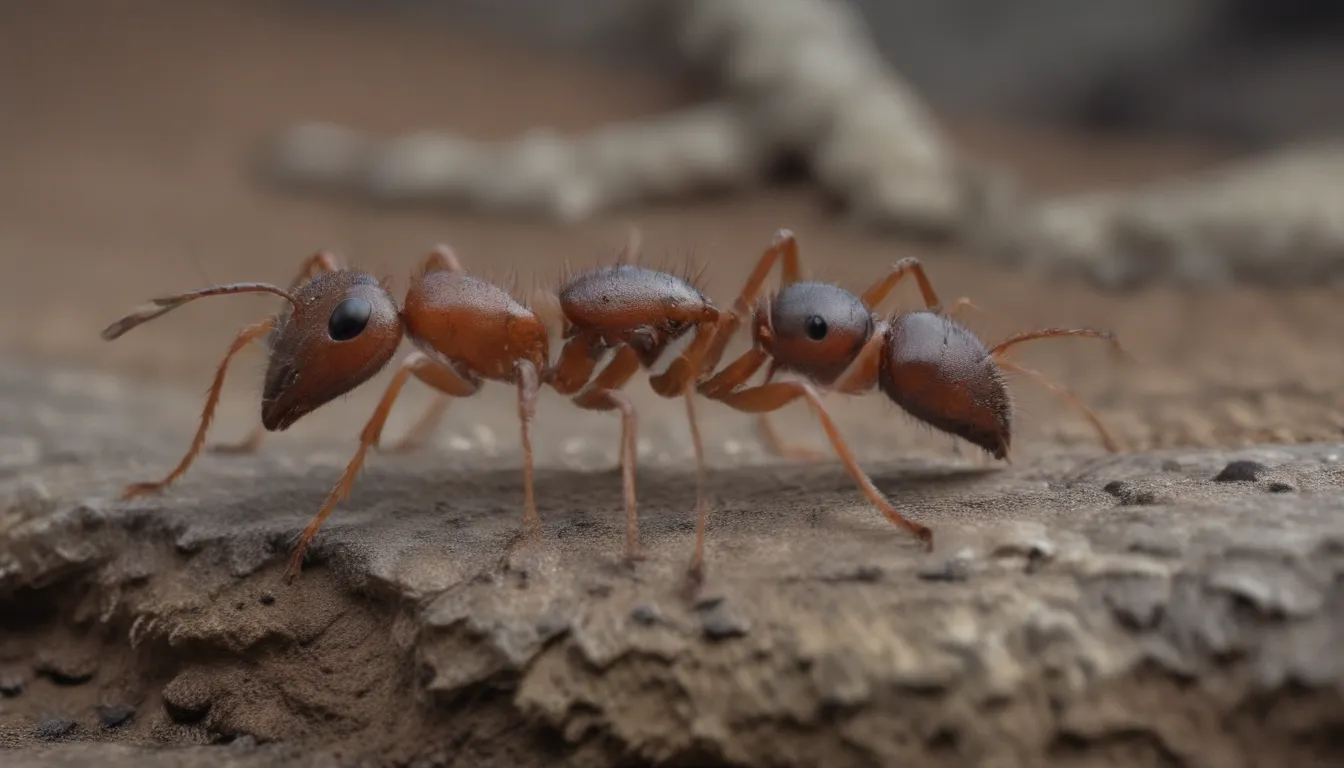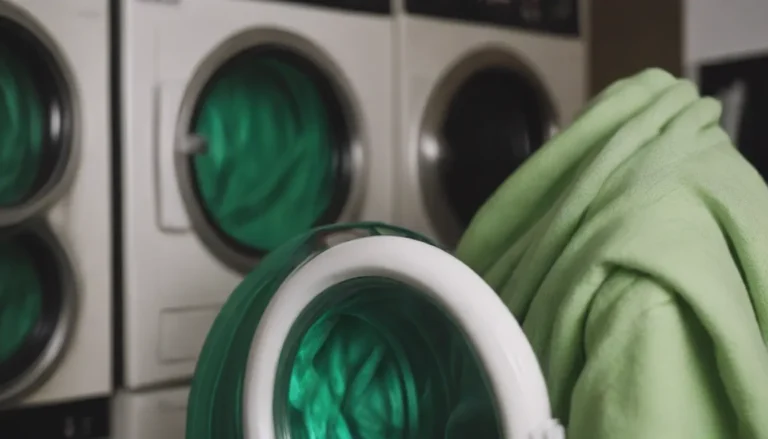The Ultimate Guide on How to Get Rid of Pavement Ants

Ants are one of the most common household pests, and among the various species that may invade your home, pavement ants are a frequent nuisance. These tiny critters, measuring from 1/10 to 1/6 inch long, are often found in all 50 states of the United States. They are characterized by their brownish-black color with pale legs, and are usually spotted colonizing cracks in sidewalks or scurrying around in search of food indoors.
In this comprehensive guide, we will explore everything you need to know about pavement ants, from understanding their behavior to effective strategies for getting rid of them. So, let’s dive in!
Understanding Pavement Ants
Pavement ants, scientifically known as Tetramorium spp., are not particularly aggressive, but they can become a nuisance when they establish indoor colonies. These ants are mainly attracted to meat and grease, making your kitchen a prime target for their foraging activities. However, with the right approach, you can successfully eliminate pavement ants from your home.
Key Characteristics of Pavement Ants:
- Size: 1/10 to 1/6 inch long
- Color: Brownish-black with pale legs
- Anatomy: Two spines between body parts and tiny stiff hairs covering the body
3 Effective Ways to Get Rid of Pavement Ants
When dealing with pavement ants, it’s essential to have a strategic plan in place to effectively eliminate them from your home. Here are three proven methods to tackle a pavement ant infestation:
1. Keep Your Home Spotless
One of the most straightforward ways to deter pavement ants is to maintain a clean and clutter-free environment. These ants are attracted to food sources, particularly meat and grease scraps, so regular cleaning of floors, countertops, and garbage collection areas is key. By eliminating their food supply, you can encourage pavement ants to seek nourishment elsewhere.
2. Use Ant Baits
Ant baits are a highly effective method for targeting pavement ant colonies, whether they are indoors or outdoors. Place bait stations along the ant trails to lure the workers, who will then carry the bait back to the nest for the queen to consume. Commercial ant baits containing methoprene and pyriproxyfen are considered safe options, but you can also create a homemade bait using borax and honey or syrup.
3. Use an Insecticide Spray
If you discover an outdoor pavement ant nest, drenching it with an approved insecticide spray can help eradicate the population. However, spraying individual ants may not be very effective, as it only targets visible workers. For a more comprehensive approach, focus on eliminating the entire colony to prevent future infestations.
Preventing Pavement Ant Infestations
As the saying goes, “prevention is better than cure.” To avoid dealing with pavement ants in the first place, consider implementing the following preventive measures:
- Seal cracks and gaps in siding and foundations to deny ants entry points.
- Keep food sources sealed and maintain a clean kitchen to discourage ant infestations.
- Regularly inspect and clean outdoor areas to prevent the establishment of outdoor ant colonies.
By adopting these preventive tactics, you can create an environment that is less appealing to pavement ants, reducing the likelihood of an infestation.
Ants vs. Termites: How to Tell the Difference
During the spring and early summer months, both pavement ants and termites may swarm to mate and reproduce, leading to potential confusion between the two species. Here are some key distinctions to help you differentiate between ants and termites:
- Wings: Ants have front wings longer than their back wings, while termite wings are equal in length.
- Body: Ants have a narrow waist, whereas termites have a thick waist resembling one body part.
- Antennae: Ants’ antennae are elbowed, while termites’ antennae are straight.
By familiarizing yourself with these characteristics, you can accurately identify whether you are dealing with pavement ants or termites in your home.
Pavement Ants vs. Grease Ants: A Comparison
Another common indoor ant species, the grease ant (Solenopsis spp.), shares similarities with pavement ants but differs in certain key aspects. Grease ants are attracted to meat greases and are slightly smaller in size compared to pavement ants. While grease ants may pose a challenge in terms of baiting strategies, their distinct coloration and behavior set them apart from pavement ants.
Identifying Pavement Ant Colonies
Outdoor pavement ant colonies can often be identified by the small cone-shaped mounds of soil that sit atop the nest. These ants typically inhabit areas beneath concrete cracks, rocks, or logs, where they tunnel into the soil to create space for their colony. While pavement ants are not known for causing structural damage, their presence can lead to settlement issues in paved surfaces.
A typical pavement ant colony ranges from 3,000 to 5,000 individuals, with the potential for multiple queens producing offspring. This can result in a large population within a single colony, making it important to address pavement ant infestations promptly.
Risks Associated with Pavement Ants
Though pavement ants are not aggressive towards humans, they can sting when disturbed, potentially causing allergic reactions in sensitive individuals. While their stings may not penetrate human skin, it’s essential to exercise caution when dealing with pavement ants to avoid any adverse reactions.
In terms of disease transmission, pavement ants are not direct carriers of pathogens like mosquitoes or rodents. However, they can spread food-borne illnesses as they move through contaminated food materials. By maintaining a clean living environment and promptly addressing pavement ant infestations, you can minimize the risk of health hazards associated with these tiny insects.
Conclusion
In conclusion, pavement ants are a common household pest that can be effectively managed with the right strategies in place. By understanding their behavior, implementing preventative measures, and employing targeted elimination methods, you can keep your home free from these pesky insects.
Remember, a clean environment and proactive pest control practices are key to deterring pavement ants from invading your living space. With patience and persistence, you can successfully rid your home of pavement ants and enjoy a pest-free living environment.
So, next time you spot those tiny brownish-black ants marching across your kitchen floor, armed with the knowledge from this guide, you’ll be well-equipped to tackle the situation head-on. Say goodbye to pavement ants and hello to a pest-free home!





